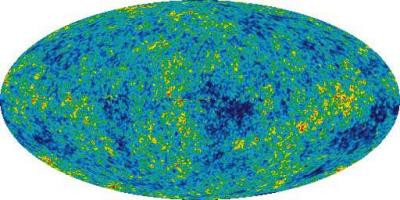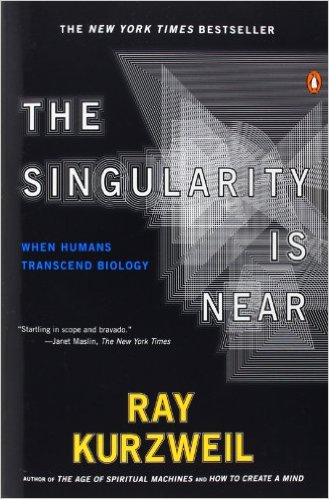I have a bit of bias towards the Overcoming Bias blog, because of the way in which Eli pretends his Bayesian worldview is utterly pristine without a trace of dogma. That said, his recent forays into explaining quantum mechanics are superb… that is, until he revealed that his aim was to set up a tension between Science and Bayes. In a nutshell,
Science-Goggles on: The current quantum theory has passed all experimental tests so far. Many-Worlds doesn’t make any new testable predictions – the amazing new phenomena it predicts are all hidden away where we can’t see them. You can get along fine without supposing the other worlds, and that’s just what you should do. The whole thing smacks of science fiction. But it must be admitted that quantum physics is a very deep and very confusing issue, and who knows what discoveries might be in store? Call me when Many-Worlds makes a testable prediction.
Bayes-Goggles on: The simplest quantum equations that cover all known evidence don’t have a special exception for human-sized masses. There isn’t even any reason to ask that particular question. Next!
And just like that – Science is dismissed. Many-Worlds must be true, after all, it makes the most sense and is the simplest possible explanation!
Intriguingly, Eli has often dismissed the idea of God even though one could argue that God too is the “simplest” answer to any number of great Questions. Likewise, he often defends his robust atheism with an analogous assertion to “you can get along fine without supposing [God exists], and that’s just what you should do.”
This is the sort of abuse of science that drives me crazy. People approach issues with a-prioris, such as “God doesn’t exist” or “The Singularity exists” or “Many-Worlds is True” and then contort poor physics and math into supporting positions that are purely situational.
I don’t pretend to be overcoming bias myself. I am a scientist, I am deeply religious, and I think Bayes’ Theorem is useful in certain situations (ie, when measurements are not independent), but is hardly enough to build an entire worldview on.
I am not implacably against the Many Worlds Interpretation, mind you. I enjoyed Tegmark’s article in Nature which really made the case more fairly. I just think that a false dichotomy between Bayes Theorem and Science as an institution serves only to muddle things rather than help us understand.
As an aside, I wonder if Eli would be willing to prove his commitment to Bayes Theorem, by performing quantum suicide?


